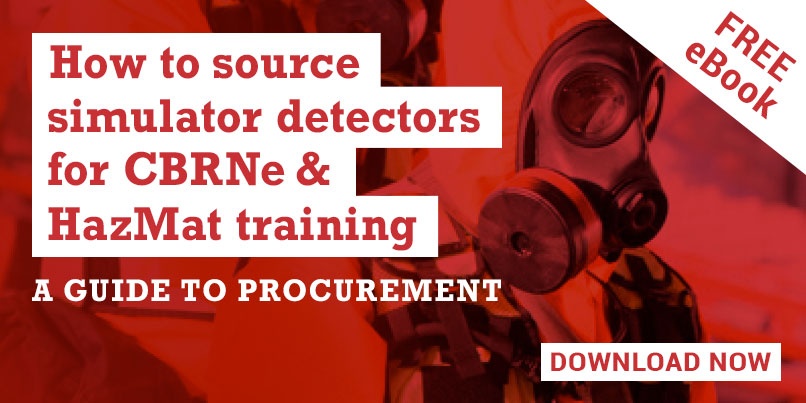 Emergency response teams are constantly looking for ways to improve their operations.
Emergency response teams are constantly looking for ways to improve their operations.
Simulated exercises, training classes and seminars can all provide valuable insight into tactics and technologies that can be applied in real life HazMat incidents.
However unless feedback on incident response and command is recorded (and can be easily shared with personnel), a valuable learning opportunity can risk being lost.
An effective way to enhance learning outcomes is through the use of a post-incident critique or After Action Review (AAR).
An AAR is a structured means of analyzing what took place during a particular training exercise or event to identify strengths, weaknesses and areas for improvement.
As well as providing a method to scrutinize the actions that occurred, an AAR is also an opportunity to consider what could have been done differently - both by those who took part in the exercise and by those who were in charge.
The evolution of AAR
The origins of After Action Review can be found in the US military where formal AARs evolved out of the combat action debriefs that were carried out during World War Two and the Vietnam war.
The use of AAR in a military context has also been documented in the memoirs of Chinese military leader Gong Chu's during the 1934-1938 three-year war in South China; and by Emperor Napolean's Marshall's and Generals in the early 19th century.
Military AARs fall into two types - formal AARs (which require detailed planning, preparation and resources) and informal AARs (which take the form of on-the-spot reviews of individual or group training performance).
Over the years, a wide variety of public health and emergency management agencies have recognized the value of AARs - using them within training programs to aid better understanding of the perspectives and expectations of all involved and to capture crucial learning that can be widely shared.
One potential challenge with any form of realistic HazMat training exercise is that much can be going on in a relatively short time-frame. When the exercise ends, participants can sometimes find that many of the events, and the associated learning opportunities, have become a “blur” in their minds.
A 2018 article in the online magazine FireEngineering.com discussed how taking a “stop-and-start” approach to full-scale HazMat training exercises can help to cement learning. By breaking up the scenario into several smaller sections with regular breaks for review, there is the opportunity to discuss what's just happened, to explore alternative tactics, to quickly correct any misunderstandings and to enhance exercise efficiency.
In addition there is also the advantage of being able to ensure that departmental procedures and guidelines are being followed, and that they are modified when necessary.
The application of AAR in simulator detector technology
The integration of AAR capability into simulator detector technology has been shown to reveal important lessons that improve professional practice, minimize risk and enhance communication.
When we think about AAR in the context of a simulator detector, it is the technology within the device itself (rather than a human) that maintains a record of all the activity.
The simulator version of the LCD3.2 Chemical Hazard Detector (the LCD3.2e) is just one example of a device that keeps a record of all real-time trainee movement - from the initial set-up of the equipment through to the completion of the exercise.
Once the scenario has concluded, the instructor is able to easily switch the device to display a detailed (and indisputable) performance report.
AAR is a powerful and constructive way to obtain valuable knowledge that can improve processes and enhance training efficiency - be it in the form of constructive group discussion, via fact-finding exercises or by harnessing the intelligent technological capability of simulator detectors.
The process of regularly critiquing can serve as a powerful tool for understanding the impact of one's actions and effecting change.
And by regularly comparing the "expected outcome" with what "actually happened", adjustments and improvements can continually be made, to improve safety at both an individual and an organizational level.






